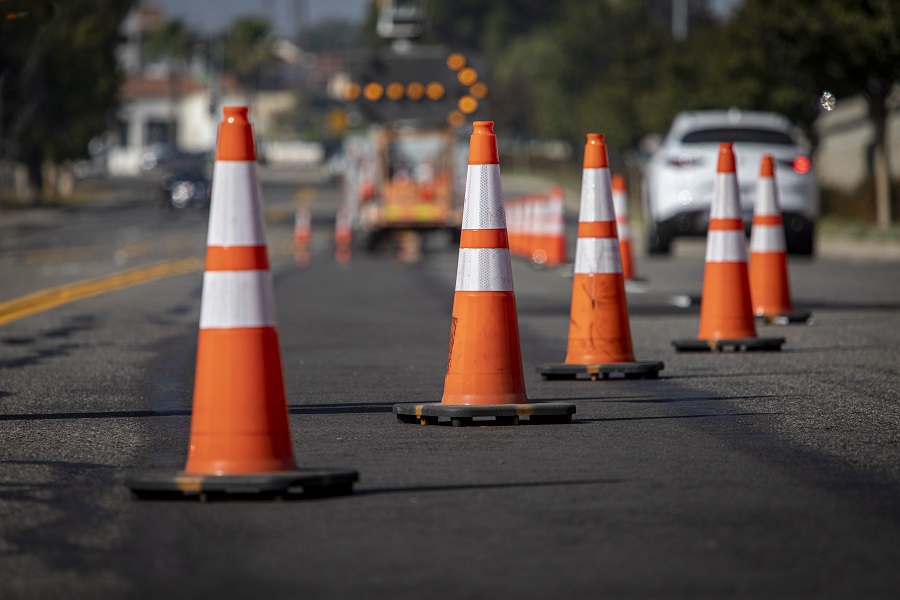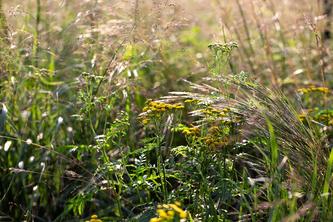
The 2022-2023 winter set records across Minnesota as one of the snowiest in history. It also set another record: the most reported potholes in Minneapolis history. The 2023-2024 winter has been the warmest on record across much of the state, with the Minnesota DNR reporting that most areas “received less than 50% of their normal snowfall through the end of February.”
What does this winter of new extremes mean for Minnesota roads?
Manik Barman, an associate professor in the Swenson College of Science and Engineering at the University of Minnesota Duluth and a scholar with the Center for Transportation Studies, can speak to how warmer winter weather — and the general changing climate — will impact our roads.
Manik Barman, Ph.D.
“Minnesota roads experience cruel winters and warm summers — often with more than 100 degrees Fahrenheit difference between the two seasons. The large volume of snow, frigid temperatures and considerable numbers of freeze-thaw cycles bring in damages to roadway infrastructures.
This year, the effects of El Niño — and likely the effects of climate change — gifted Minnesota roadways with something different: a warm winter with fewer freeze-thaw cycles and significantly less snow. Roads received less plowing, sanding materials and de-icing salt as a result. All of these should contribute to fewer potholes this spring, unlike last year when potholes infested the state.
While fewer potholes are a temporary relief this year, the changing climate is challenging infrastructure to adapt to new extremes. It will be interesting to see how summer 2024 affects roads. We have seen buckling of concrete roads recently, and anticipate some disruption related to road slab-buckling this summer. With La Niña in the forecast for 2024-2025, next year might prove a wet and harsh winter with loads of snow. The variation we have observed in the weather pattern in just the last five years should motivate us to consider the new extremes of weather patterns in roadway design, construction and maintenance.”
Manik Barman is an associate professor in the Swenson College of Science and Engineering at the University of Minnesota Duluth and a scholar with the Center for Transportation Studies. His work focuses on pavement design, rehabilitation and maintenance. He is currently researching pavement rehabilitation and maintenance issues, fiber-reinforced concretes for long-lasting pavement rehabilitation and asphalt mixtures for low-volume roads.
-30-
About the Center for Transportation Studies
The Center for Transportation Studies at the University of Minnesota is a national leader in transportation research, engagement and education. CTS collaborates with public-sector, industry and academic partners to shape transportation systems that are sustainable, serve the needs of all users, support a strong economy and improve our collective quality of life. Learn more at cts.umn.edu.
About “Expert Alert”
University of Minnesota experts can provide commentary, insights and opinions on various news topics. Find selected experts on the University’s Experts Guide or send requests to [email protected].
- Categories:
- Agriculture and Environment
- Climate Change
- Transportation





